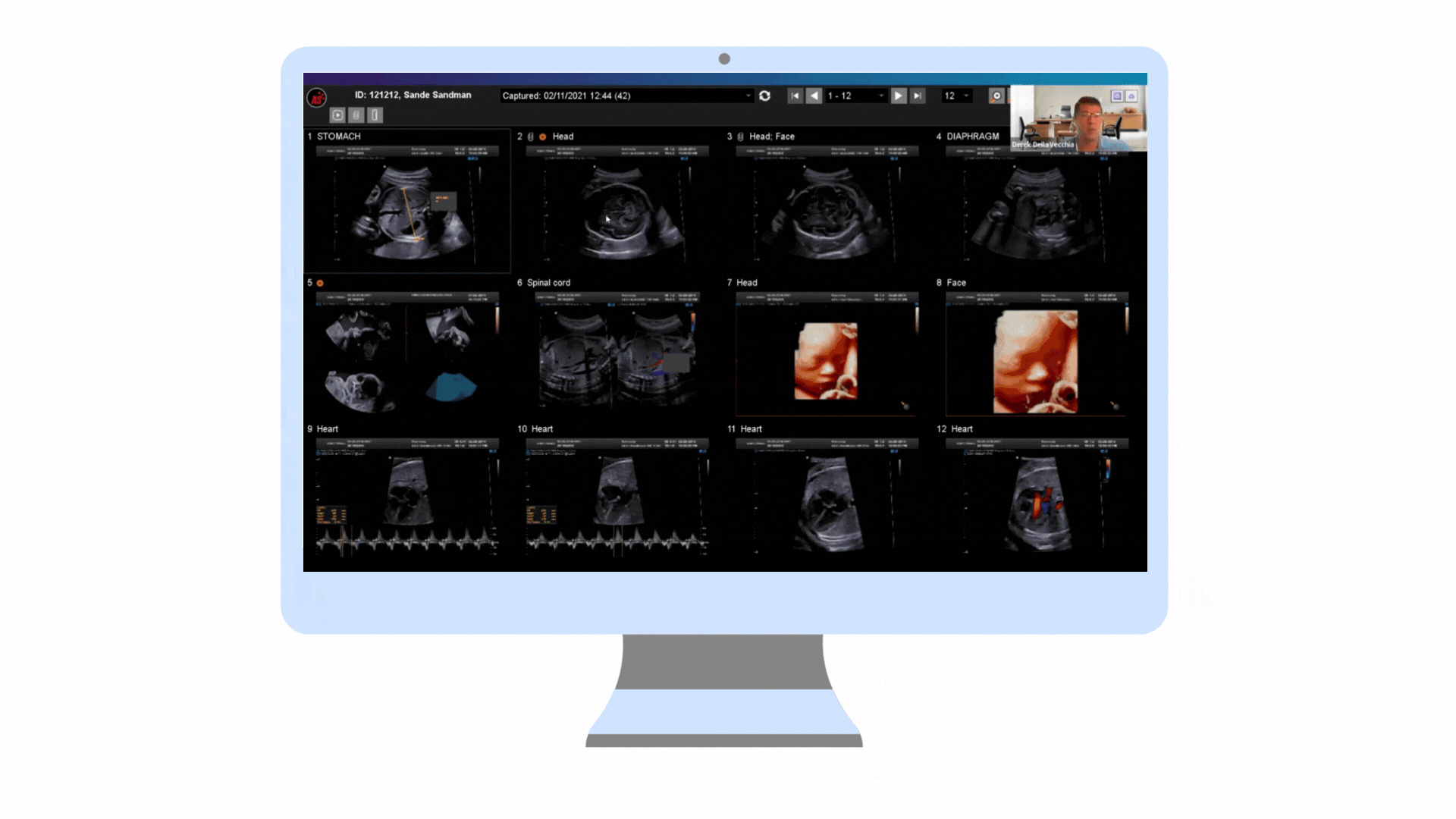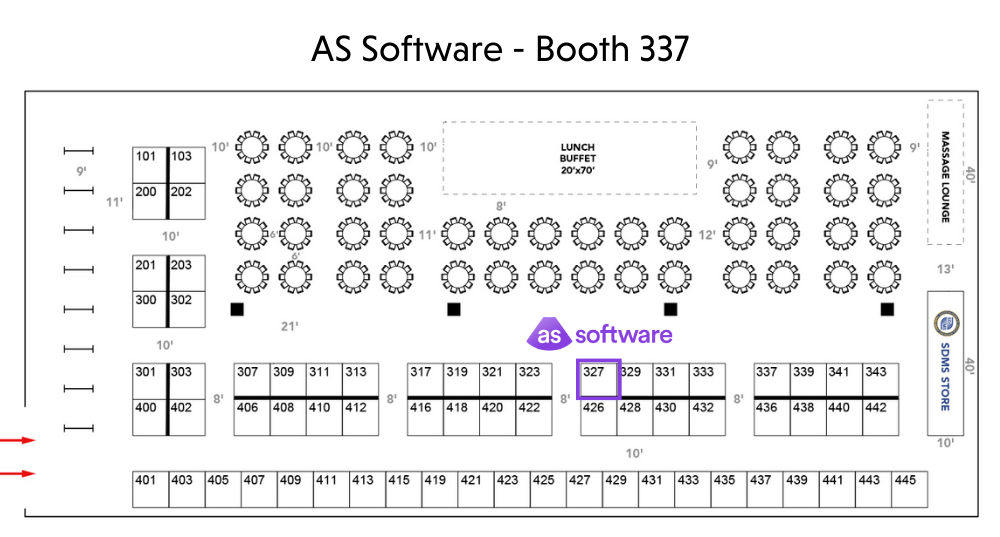“Ultrasound has expanded medical imaging well beyond the “traditional” radiology setting – a combination of portability, low cost and ease of use makes ultrasound imaging an indispensable tool for radiologists as well as for other medical professionals who need to obtain imaging diagnosis or guide a therapeutic intervention quickly and efficiently.” (Klibanov, Alexander L. PhD; Hossack, John A. PhD).
As ultrasound usage continues to grow, utilizing reporting software for general ultrasound offers many advantages that streamline and enhance workflows for radiologists and sonographers. Here are some of the advantages of implementing a structured ultrasound reporting system with AS Software’s advanced integration capabilities.
Electronic Reporting: No More Paper Worksheets
Traditional general ultrasound workflows often require sonographers to manually record ultrasound information and measurements on paper worksheets. Then the radiologist must dictate the entire report, including the measurements. This manual data entry can be time-consuming, lack standardization, and increase the risk of errors.
With reporting software for general ultrasound, this process is replaced with electronic reporting and digital worksheets. Sonographers can automatically input their findings into the system, eliminating the need for paper worksheets altogether.
Automation: Streamlining the Workflow
By seamlessly transferring data and automating report creation, integrated ultrasound reporting software allows sonographers to create reports faster. It also allows radiologists to focus more on their clinical assessments, without disrupting their workflows or requiring them to navigate multiple systems.
For example, a well-designed ultrasound reporting system can create clinical protocols tailored to specific findings. If a sonographer identifies a particular anomaly, the system can automatically generate impressions and recommendations for follow-up procedures. This level of automation not only saves time but also ensures consistency in reporting, benefiting both patients and healthcare providers.
Interconnectivity: Seamless, Secure Integration with Existing Systems
Modern ultrasound reporting systems can integrate seamlessly with existing tools and technology for a closed-loop workflow.
For example, AS Software integrates with speech recognition tools, e.g. PowerScribe, Dragon, etc., allowing radiologists to dictate their findings directly into a predefined format, ultimately saving time and improving the efficiency of the reporting process.
Reports generated by the ultrasound reporting system also integrate with the Picture Archiving and Communication System (PACS) and are sent back to the Electronic Medical Record (EMR) system, ensuring that patient data is readily available for reference and review, and creating effective charge capture.
Web Access: Anywhere, Anytime
Unlike traditional setups that require users to be physically present at specific workstations, web-based systems like AS Software allow for greater flexibility. Sonographers and radiologists can access the system from any computer with internet connectivity.
Whether it’s inputting data, reviewing reports, or dictating findings, users can efficiently and remotely complete work to save time and increase flexibility and efficiency by leveraging reporting software for general ultrasound workflows.

In addition to saving time and effort, these general ultrasound reporting efficiencies can:
- Reduce redundant tasks.
- Increase revenue capture.
- Improve accuracy.
- Provide data-mining, analytics, and querying capabilities for research, accreditation, and compliance.
Embracing ultrasound reporting for general ultrasound workflows is more than just a technological upgrade — it’s a strategic move that can enhance patient care, reduce errors, and ensure that healthcare professionals can make informed decisions with ease.
With AS Software’s ultrasound reporting software, general ultrasound workflows are becoming more seamless, automated, and efficient than ever before. To learn more about the advantages of ultrasound reporting software, schedule a demo.
Derek DellaVecchia, RDMS, RDCS, RVT, RMSR
Derek has experience in both shared services and hospital settings. He received Registered Diagnostic Medical Sonographer (RDMS) board registries in abdomen, vascular, OB/GYN, and adult echocardiography specialties and was able to work in departmental head positions in his career. He currently serves on the Society of Diagnostic Medical Sonography (SDMS) Continuing Medical Education (CME) board review committee and is a Senior Account Executive at AS Software.










